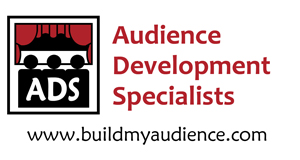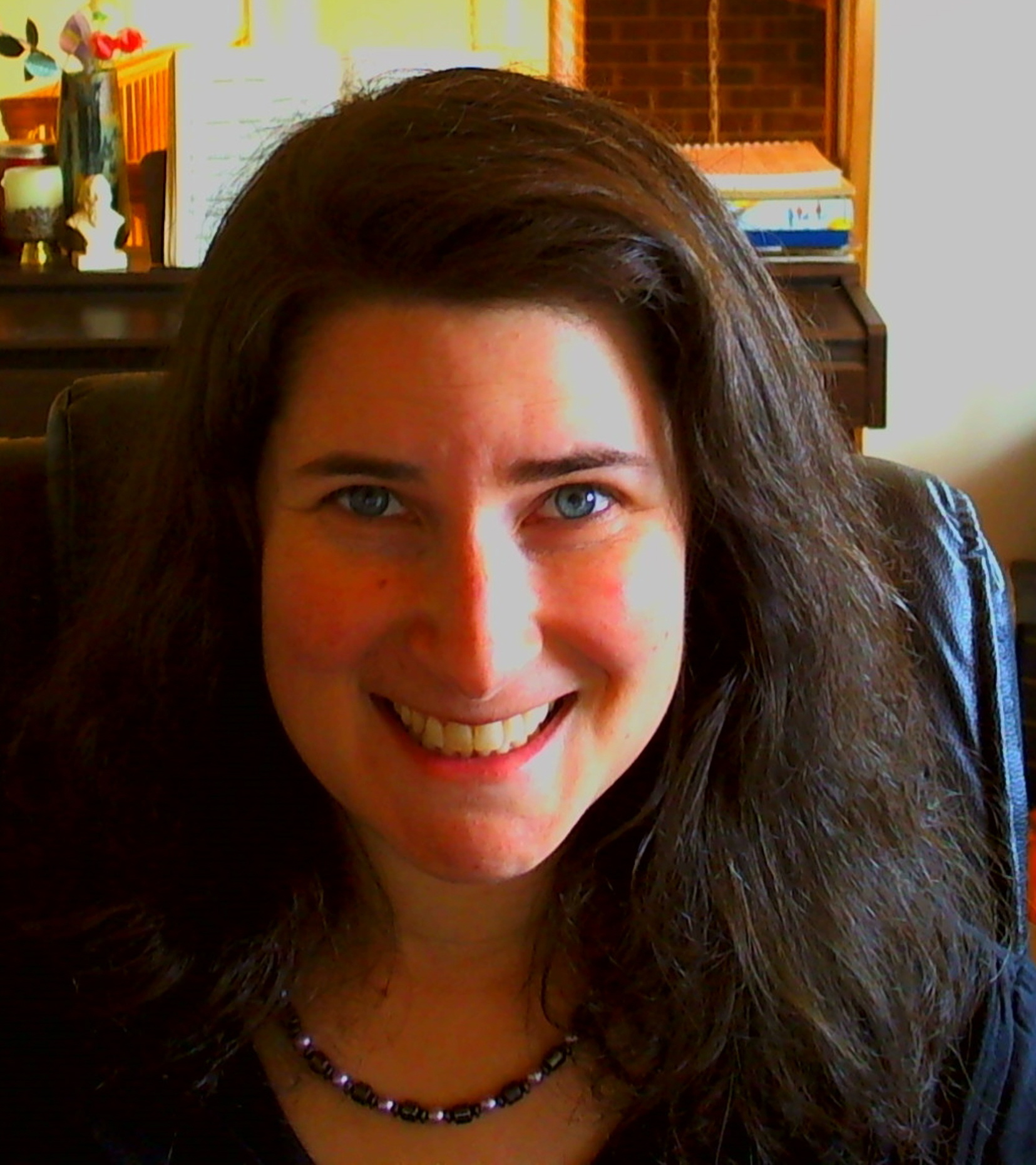As an arts researcher, and in particular a researcher that looks at the data to find the solutions for audience building, I have to admit I have been a little challenged. Three new reports from the National Endowment for the Arts came out this past week that is taking the arts marketing internet by storm: A Decade of Arts Engagement: Findings From the Survey of Public Participation in the Arts, 2002-2012, ACPSA (Arts and Cultural Production Satellite Account) Issue Briefs and When Going Gets Tough: Barriers and Motivations Affecting Arts Attendance.
I am a little perplexed about the first report mentioned. Here’s why:
The report provided data for national consideration. My state, Colorado, came in at number one in terms of participation. I should be so excited about this news, and many outlets in my area are celebrating this new fact. It certainly looks good on paper, and we have as a state worked diligently on programs to increase participation. However, the data does not mention* the amount of arts events available or the number of artists and arts organizations. If we happen to have more artists and arts organizations per capita with more events, which we very well might, the attendance numbers will look larger.
Here is the problem. Colorado may have on paper the biggest attendance numbers, but we are still struggling with half filled auditoriums (which the article I linked did admit). Many artists are still not selling enough art to make a living. There is enormous competition for those same people that are purchasing and attending.
Were some of these events the free, community events? I believe these types of events have been included. This does not give us the reality perspective of what is happening in the arts world for audience building. We need to get more real!
We are in need of a truer form of data that gives us the closest picture of reality than what is currently being presented. All angles of arts attendance should be a part of this data so we can see the correlation between amount of events, amount of artists and organizations and amount of audience members. For audience building, we rely on the complete picture to create educated solutions.
There also needs to be some education on how we can conduct surveys for our own arts businesses. As we know, one-size does not fit all for answers to these data questions, or for solutions to the challenges that come to surface.
What other data would be helpful to complete this picture? Here is a list of suggestions:
- The value of our audience members. Thank you to Jim McCarthy of Goldstar for pointing this out in his latest post about Customer Lifetime Value. When we know who in our audiences are the most supportive to us, we can go above and beyond and treat them like royalty. This will encourage a new mentality for appreciating our audiences, which will in turn create more happy and loyal audience members down the road.
- The data for our outreach and special audience building programs. As I mentioned before, I canceled my 3rd book plans based on the fact that only 1 out of 10 of the people I contacted kept the data to prove that the event was successful. In order for us to learn and prove that a particular program is worth our time and effort, we need this data. Not only for us, but for the arts community in general. How often do you hear someone comment, “Is there data for this?” when a case study is presented at a conference. The broader world wants the data to support us, and so do we.
- A way to track the intrinsic values of the arts. Challenging, I know, but we can figure this out. Can’t we?
- An audience friendly index to serve as an evaluation for how well we serve our audience members. I am thinking out loud here, but it wouldn’t hurt for us to know exactly how user friendly and customer service oriented we are for our audiences.
There might be other additional data interest to add here, and I welcome your comments and thoughts on this topic. The main point is, with a world of easy to use technology at our fingertips, it is time to ask all of what is needed to get the answers for a complete picture. Only then can we form the right solutions that are specific for our own arts businesses and the arts in general.
In regard to the third report, When Going Gets Tough: Barriers and Motivations Affecting Arts Attendance, please see my thoughts here, which mainly reiterate the urgency to take action once we have the information.
Cheers to happy and loyal audiences,
Shoshana
Shoshana Fanizza
Chief Audience Builder, ADS
Performing arts organizations – get to know your audiences this year!
*If you have read these reports, and I have missed a particular data point, please do let me know.





